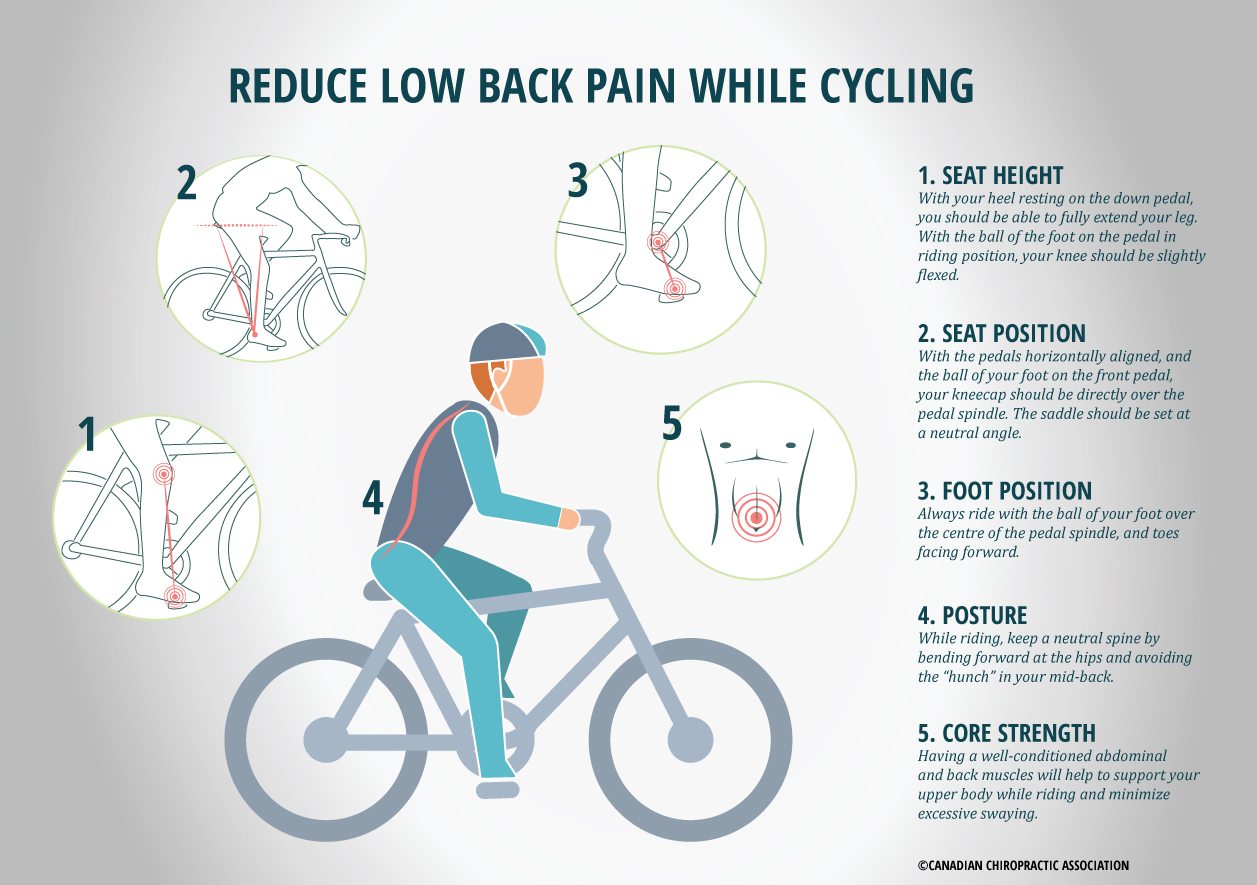During the past few years there has been a growing trend and interest in recreational activities and sports. As scientific knowledge and understanding of the importance of exercise on the human body is expanding, more and more people are engaging in sports and activities. The goals of exercise are widely different among individuals. Whether the goal is to lose weight or enhance performance at a specific sport, there are 8 exercise PRINCIPLES that should be followed to reach the goal.
1 – Principle of PROGRESSIVE  OVERLOAD
OVERLOAD
2 – Principle of INDIVIDUALIZATION
3 – Principle of REGULARITY
4 – Principle of SPECIFICITY
5 – Principle of REVERSIBILITY
6 – Principle of VARIATION & ADAPTATION
7 – Principle of REST & RECOVERY
8 – Principle of PERIODIZATION
1 – Principle of PROGRESSIVE OVERLOAD
- Combination of 2 mini principles: Overload & Progression.
- Overload: to improve fitness and strength, the load/demand on the body must be greater than what the body is accustomed to.
- The load/stress must be outside your comfort zone. In other words, you have to put some effort and push your body.
- The body will respond to the load by physiologically adapting to it.
- Progression: gradually increasing the load and the stress on the body.
- Progressive overload principle can be achieved by changing the F.I.T.T. parameters:
- F.I.T.T. = Frequency, Intensity, Time of training (duration), Type (mode) of training
- Progressive overload can be achieved by increasing frequency, intensity, timing, and modifying the type of exercise.
- Safe progression of overload is key to achieving positive results from your exercise program.
2 – Principle of INDIVIDUALIZATION
- Exercise should be very specific to every individual since every person is different.
- Programs should be designed by taking into account every person’s unique characteristics such as physical abilities, potentials, psychology, body type, age, gender, physical strength, athletic background, daily stress factors, health and nutrition factors, etc.
3 – Principle of REGULARITY
- Exercise must be done at regular intervals and be consistent.
- Consistency allows the body to adapt more efficiently and quickly.
- Ideally exercise should be done 3-5 times per week.
4 – Principle of SPECIFICITY
- Exercise should be designed based on your specific goals and needs.
- Also known as the SAID principle (Specific Adaptation to Imposed Demands).
- Specific exercise elicits specific adaptations to create specific training effects.
- In other words, your body adapts to the specific demands on it; therefore, exercises should be designed to be as close as possible to the specific goals and resemble specific sport movements.
- For example if your goal is long distance running, then your program should include distance running; on the other hand, if your goal is bodybuilding, then your program should include heavy resistance training.
5 – Principle of REVERSIBILITY
- Use it or lose it.
- The effects of training and body’s adaptations are reversed if training sessions are too far apart or if there is a long break in exercise.
- Exercising consistently is key to maintaining fitness.
- As your body becomes fitter, you do not have to exercise as much to maintain the same level of fitness.
6 – Principle of VARIATION & ADAPTATION
- Over time, your body will completely adapt to a specific exercise routine to a point where your body will reach training plateau.
- To limit reaching training plateau, exercise must be varied and modified.
- Variation in exercise also helps increase motivation and compliance, and helps decrease risk of injuries by over-training.
7 – Principle of REST & RECOVERY
- During exercise, physiological breakdown of tissues occurs and metabolic wastes accumulate

- The body repairs itself and removes wastes when you rest, eat, and sleep.
- Rest & recovery between exercise sets and sessions are as important as the exercise program itself.
- Not allowing your body to rest and recover properly will lead to decreased performance, injuries, and fatigue.
- Optimal rest and recovery time is 24-48 hours post training
- Rest and recovery can also be achieved by alternating more strenuous training days with easier training days, or alternating muscle groups from day 1 to day 2.
8 – Principle of PERIODIZATION
- This principle relates to the long-term plan or goal of an individual.
- It refers to the changes or variations in the training program that are implemented over the course of a specific period of time, such as a year.
- It is the systematic planning of specific training goals or a specific sport.
- The aim is to achieve optimal improvements in athlete performance at the right time, while minimizing injury and burnout.
- Periodization breaks training into days, weeks, and months. In some sports, periodization categorizes training into pre-season, in-season, and post-season.
References:
- Kisner, C., Colby, L.A. Therapeutic Exercise. Sixth Edition. 2012
- Wilmore, J.K., Costill, D.L. Physiology of Sport and Exercise. Third Edition. 2004
- Bompa, T.O., Carrera, M.C. Periodization Training For Sports. Second Edition. 2005
Please SHARE this article if you find it useful to help spread knowledge and understanding!






